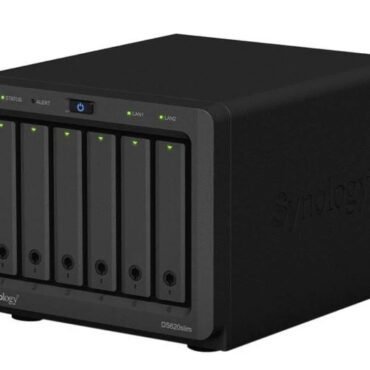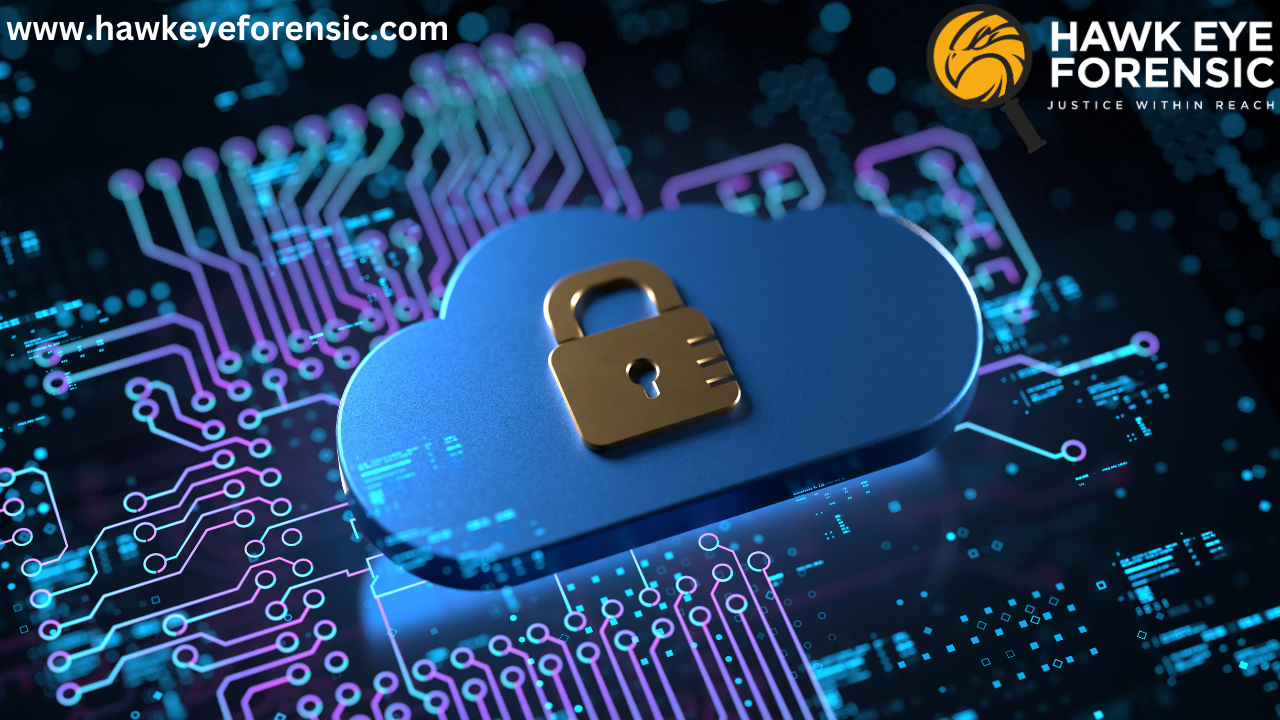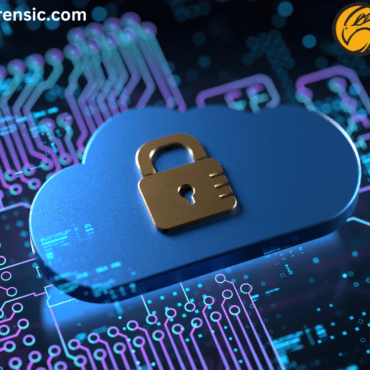Introduction
Cloud computing has revolutionized how we store, access, and manage data. Businesses, governments, and individuals rely heavily on cloud platforms such as AWS, Microsoft Azure, and Google Cloud for scalability, convenience, and cost savings. But this reliance has also created a new frontier for cybercrime. From data breaches and ransomware attacks to insider threats and fraud, the cloud has become both a battleground and a treasure chest for digital evidence.
This is where cloud forensics steps in. It is a branch of digital forensics that focuses on identifying, collecting, analyzing, and preserving evidence from cloud environments to investigate crimes in the virtual world.
What is Cloud Forensics?
Cloud forensics is the process of conducting digital forensic investigations in cloud environments. Unlike traditional forensics that deals with physical devices like hard drives or mobile phones, cloud forensics investigates data stored and processed on remote servers, often spread across multiple jurisdictions.
Its goal is to maintain the integrity, availability, and admissibility of evidence while overcoming unique challenges like multi-tenancy, shared infrastructure, and volatile data.
Why Cloud Forensics is Important
-
Rising Cloud Adoption – Organizations are migrating critical services to the cloud, increasing the risk of attacks.
-
Complex Cybercrime – Threat actors exploit misconfigured cloud servers, weak access controls, and vulnerabilities.
-
Evidence in the Cloud – Logs, metadata, access records, and snapshots in the cloud may hold crucial evidence.
-
Legal & Regulatory Compliance – Industries must investigate cloud breaches to comply with GDPR, HIPAA, or PCI DSS.
Challenges in Cloud Forensics
Cloud forensics is far more complex than traditional investigations. Key challenges include:
-
Lack of Physical Access: Investigators cannot directly seize cloud servers.
-
Multi-Tenancy: Multiple customers share the same infrastructure, making segregation of evidence difficult.
-
Data Volatility: Cloud data can be deleted or overwritten quickly.
-
Jurisdictional Issues: Data may be stored in different countries with varying legal frameworks.
-
Limited Cooperation: Cloud Service Providers (CSPs) may restrict access to certain logs or metadata.
-
Encryption & Privacy: Strong encryption and privacy laws can limit evidence collection.
Phases of Cloud Forensic Investigation
-
Identification
-
Detect suspicious activity through alerts, monitoring tools, and logs.
-
Identify which cloud services and instances may be compromised.
-
Preservation
-
Use snapshots, log exports, and forensic imaging to capture data.
-
Apply cryptographic hashing to ensure integrity.
-
Collection
-
Acquire system logs, access logs, API usage records, and storage snapshots.
-
Follow CSP-specific procedures (AWS CloudTrail, Azure Monitor, Google Cloud Audit Logs).
-
Analysis
-
Reconstruct attacker behavior by analyzing logs, timestamps, and metadata.
-
Correlate evidence across hybrid environments (on-premise + cloud).
-
Reporting & Presentation
-
Document chain of custody, evidence handling, and findings.
-
Prepare admissible reports for law enforcement or courts.
Tools & Techniques in Cloud Forensics
-
AWS CloudTrail / GuardDuty – For activity monitoring and anomaly detection.
-
Azure Security Center / Log Analytics – For real-time threat investigation.
-
Google Cloud Audit Logs – To trace user activity.
-
FTK and EnCase (Cloud-enabled versions) – For evidence collection and analysis.
-
Volatility for Cloud Memory Analysis – Extract memory snapshots from virtual machines.
-
X-Ways, Autopsy, and Sleuth Kit – Adapted for analyzing cloud-stored data.
Best Practices for Cloud Forensic Investigations
-
Work with Cloud Providers – Establish Service Level Agreements (SLAs) that include forensic readiness.
-
Enable Logging by Default – Logs must be activated in advance; retroactive recovery is often impossible.
-
Maintain Chain of Custody – Ensure every action on evidence is documented.
-
Hash Everything – Use cryptographic hashing to verify integrity.
-
Legal Awareness – Understand jurisdictional laws before collecting evidence.
-
Automation & Orchestration – Use automated tools to capture large-scale data quickly.
-
Hybrid Approach – Combine on-premise and cloud forensics for end-to-end coverage.
Real-World Applications of Cloud Forensics
-
Data Breach Investigations – Identifying how attackers exfiltrated sensitive data.
-
Insider Threat Detection – Monitoring unauthorized access to confidential files.
-
Financial Fraud – Tracing illicit transactions in cloud-hosted payment gateways.
-
Ransomware Cases – Examining compromised cloud storage buckets.
-
Compliance Audits – Ensuring organizations meet legal obligations in case of breaches.
Conclusion
As cloud computing continues to dominate the IT landscape, cloud forensics has become a cornerstone of modern cybercrime investigation. Despite challenges like multi-tenancy and cross-border data issues, investigators can leverage specialized tools, forensic readiness, and close collaboration with cloud providers to ensure reliable evidence collection.
The future will likely see deeper integration of AI and automation in cloud forensic workflows, making investigations faster and more accurate. For organizations, building forensic readiness today is the best way to defend tomorrow.




Post comments (0)